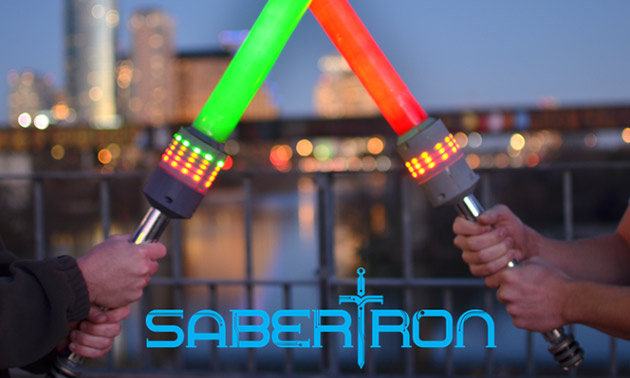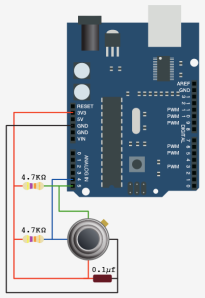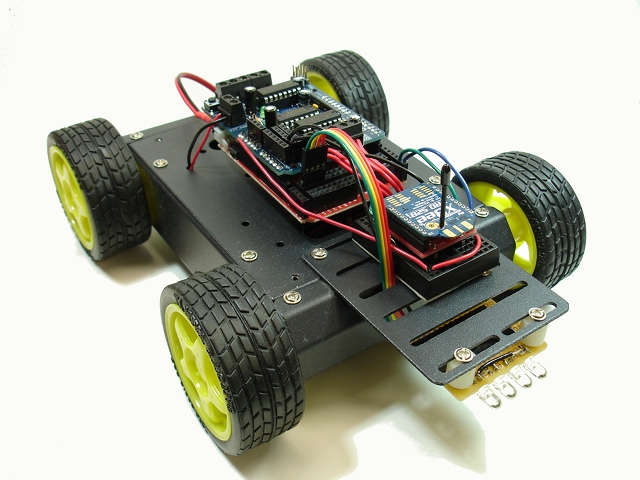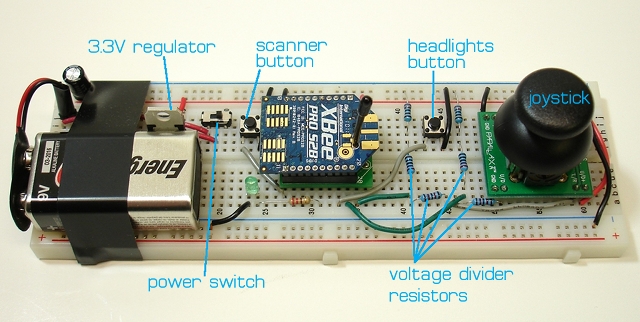
This remote controlled, Arduino-based robot was created by a young student named [Quin] who likes to teach electronics classes at hackerspaces. It is an adaptation of this awesome, fast, fully autonomous mini Roomba that has since driven its way into the Presidential building during the 1st ever White House Maker Faire.
The quick, little device uses a robot chassis kit with an XBee wireless module so that the controller and the robot can be connected together. An NFC Shield was hacked and split in half so that the wires could be soldered in place.
[Quin]‘s goal was to develop a fun game that records the number of times the robot drives over NFC tags laid across a flat surface. Points are shown in the form of blinking lights that illuminate when the device goes over the sensors, keeping track of the score.
The controller container was made with an open source 3D printer called a Bukobot. The enclosure holds an Arduino and another XBee shield along with a joystick and a neopixel ring, giving it a nice polished look complete with a circle of beautiful, flashing LED’s.
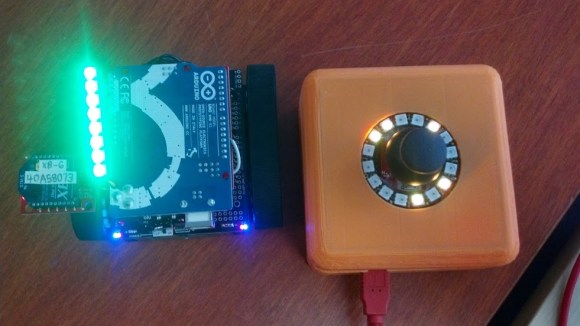
We saw the robot in action during an Arduino workshop at a local 3D printing store/makerspace in Pasadena called Deezmaker. [Quin] told us that will.i.am, the musician, tried it out during the Maker Faire in Washington DC. He also said that he met Bill Nye the Science Guy there as well.
This simple project, and more inventions of his, has opened up many doors in the maker community. And yet [Quin] seems unphased by all the attention, staying very focused on teaching his skills to anyone who is eager to learn.
Documentation of the project is on his website (Qtechknow) along with this color-changing Christmas star; which is perfect for sprucing up a holiday Christmas tree. Another project is this methane sensing fart cap. All 3 can be seen in the photo below.
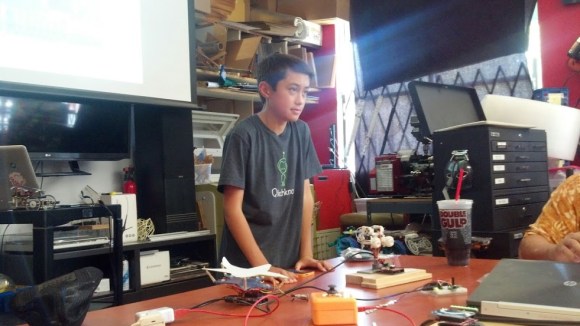
A video with the robot being demoed comes next. In it, [Quin] talks about what it was like to be invited into the White House.
Also, check out this spectacular video about the Maker Movement with [Quin] in it.
In addition, here is a Popular Science article and this feature in Make Magazine about him.
Filed under:
robots hacks 








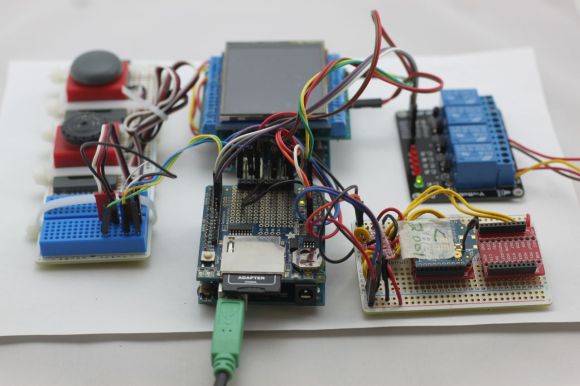
 The project featured in this post is an entry in
The project featured in this post is an entry in 